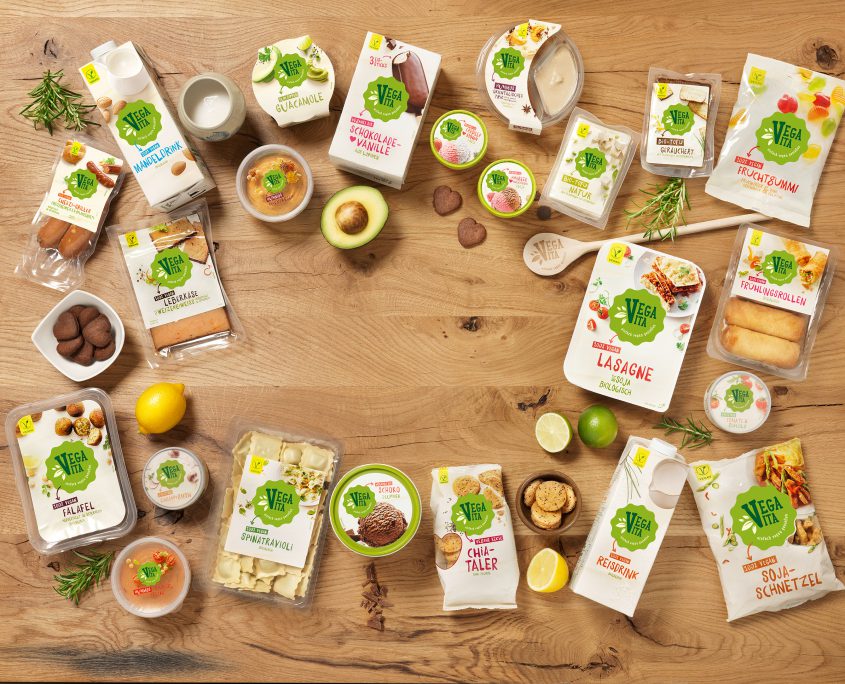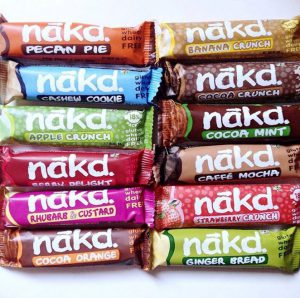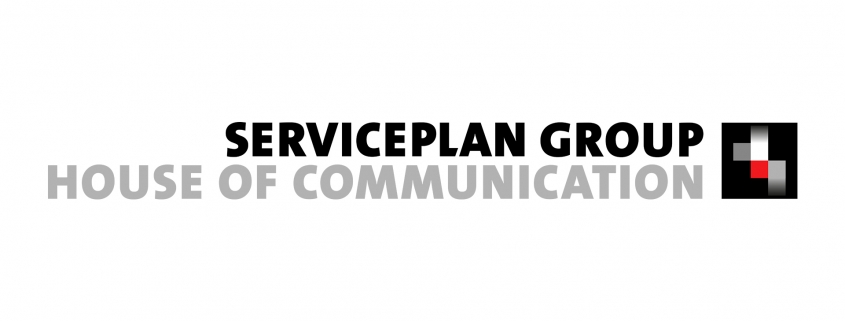If you want to write about food trends you cannot avoid considering the whole picture, i.e. looking at the major, social mega trends. A wide variety of consumer trends come from these mega trends, and they develop in various directions in different industries and with different target groups.
The impact of trends on the purchasing behaviour of consumers is undisputed. Trends and knowledge about trends have therefore become important elements to help with managing brands.
There is currently more happening in the food sector than ever before. Rapid digitalisation, globalisation with simultaneous nationalisation, the departure away from what is seen as a classic family and away from traditional gender roles and therefore the structure of everyday life, climate change and the resulting responsibility for the environment – all these issues have consequences – even on what we want to eat, how and when we want to eat and how food should be packed. Food trends are never far removed from the major social trends and developments.
This makes it even more exciting to take a look at the food trends that concern us all.
Healthy food
has become an umbrella term. Lots of people want to eat “better” and “more healthily”, but at the same time don’t want to compromise on enjoyment. Generation Y in particular is very open to new concepts and products.
An ethos aspect with a responsibility for the environment and sustainability also always resonates here.
One resulting development is people not eating meat.
If vegetarians were seen as frigid individuals who you looked at with sympathy at a barbecue around 10 years ago, they are now very trendy. Even traditional German sausage manufacturers such as Rügenwalder have followed this trend and are now delighting their whole nation with vegetarian products.
This is commonly referred to in Germany as the “Ersetzer” (replacer). They are for people who are actually looking for the taste of sausage or meat, but prefer the healthier or more politically correct version.

Source: Vegavita
And if we go one step further, we meet the vegans. In the past, vegans appeared almost militant. Nowadays they are the life and soul of the party and have mutated into trend setters. New lifestyle concepts in this category are sprouting like mushrooms from the ground. It is no longer about doing without things, but rather the eating experience. Exotic recipes and ingredients such as humus, chickpeas, tofu and lupines sound exciting and make you want to try things. Attila Hildmann performed pioneering work in this field with his cookbooks. Foodies blog about new recipes, new products, new restaurants, their journeys and other events. A few dogmatic foodies are then included in the group of self-appointed flexitarians. This species goes for the best of everything. Their main interest is the lifestyle they lead rather than a political or healthy approach.
Healthy snacking

Source: Nakd
The dissolution of classic mealtimes – both parents work and the kids are in school until 4 in the afternoon – also means that people eat more irregularly. And the thing we do throughout the day is called snacking. This might not sound healthy but a whole new category has opened up. After all, it isn’t possible to live on chocolate bars and crisps without seriously damaging your health. So there is now a greater demand for healthy alternatives – one of these being bars, but there’s more: they are squeezed out of things that provided good energy: nuts, seeds, dried fruits, superfruits and seeds.
Raw
There is even an international brand for this. The concept behind it is providing raw ingredients that have been processed as little as possible and the motto is “without, without, without”.
What “without” means here differs between brands and manufacturers. However, this usually concerns preservatives, colouring agents and often gluten too. Then suddenly “hip” ingredients appear. Protein is currently celebrating a triumph. This is where you can see that one trend sometimes leads to another one. People giving up meat means that new sources need to be found in order to provide a basic supply of essential nutrients. There is therefore a great gap in the market for highly concentrated protein products – sometimes more, sometimes less lifestyling. Even the big industrial brands are trying to jump on this bandwagon.
And this is where a not so new, but still very current trend comes to the forefront again:
Sustainability
The organic trend was a trailblazer and now it is basically standard. Regionality and small factory productions are currently particularly popular amongst younger consumers.
The opposing trend to globalisation and digitisation is therefore very handmade – products wrapped in packing paper, hand-written labels and (individually) stamped brand logos appear personal and create an emotional bond. Countless small labels have emerged that are managing this trend. These brands come across as more honest and more authentic than the brands of major corporations. And when people hear real founder stories to go with it, their hearts fly straight for these brands. Ben and Jerry’s was so successful with their founder story and their concept that they were bought by Unilever.
Retailers have also discovered rationality as a theme are hitting the market with their own concepts. They are trying to connect customers more closely with their markets and to emotionalise their product range by using their own regional and sustainable products. Major brand owners are now responding and staging brands so that they correspond with the look and feel of this trend.
Lifestyle food
Food is increasingly becoming a way to express personal attitudes towards life – it is a way of expressing your individual lifestyle. In the convenience area there are always even more differentiated product ranges of chilled food concepts. What’s new is that a sense of life is now provided too. Eat, drink and be with other people. As well as freshness, regionality and convenience, it is also about the promise of an experience here. If the experience of dining together was a success, whether you prepared everything yourself or shopped cleverly, then this will of course be immediately posted on all social media platforms. Pinterest is overflowing with recipes, cooking events and new blogs. Food blogging has become a real discipline.
The expression of personal standards is also accompanied by an expression of personal attitudes towards life. We particularly see this in the improvement of the quality of fast food. Fast food no longer has to be just “fast”, it also needs to be tasty, healthy and high quality – almost like a gourmet train. Burger trucks are now out and about in all major German cities with culinary highlights. Or new restaurants such as Burger lab in Hamburg are founded.
Digital food
New technologies don’t stop at the kitchen either. Whether Thermomix offers a platform for users to share their recipes with its recipe chip or we can tell Alexa in the future which items are missing from the fridge – the kitchen will only get smarter. The journey from the recipe to shopping (Amazon fresh) is seamlessly networked using kitchen appliances that can be controlled via smartphone.
Nobody has Grandma’s cooking skills anymore anyway and using new technology such as sous vide cooking means that the expensive raw materials at least aren’t wasted. Grandma’s joint of meat is no longer roasted in the oven for hours, instead it is wrapped airtight and then cooked gently in a water bath for a programmed amount of time – with the guarantee of success.
This is, of course, an enormously lucrative field for manufacturers of kitchen appliances and food processors.
Conclusion
Like we’ve already mentioned, a hell of lot is going on in the food sector at the moment. We, as branding experts, are obviously excited to support companies and their brands in identifying the correct trends for their brands or developing innovative products and packaging concepts in line with these trends.




 Today, companies are effectively adopting the concept of sustainability for advertising purposes. How has sustainability become a sign of a company’s prestige?
Today, companies are effectively adopting the concept of sustainability for advertising purposes. How has sustainability become a sign of a company’s prestige?